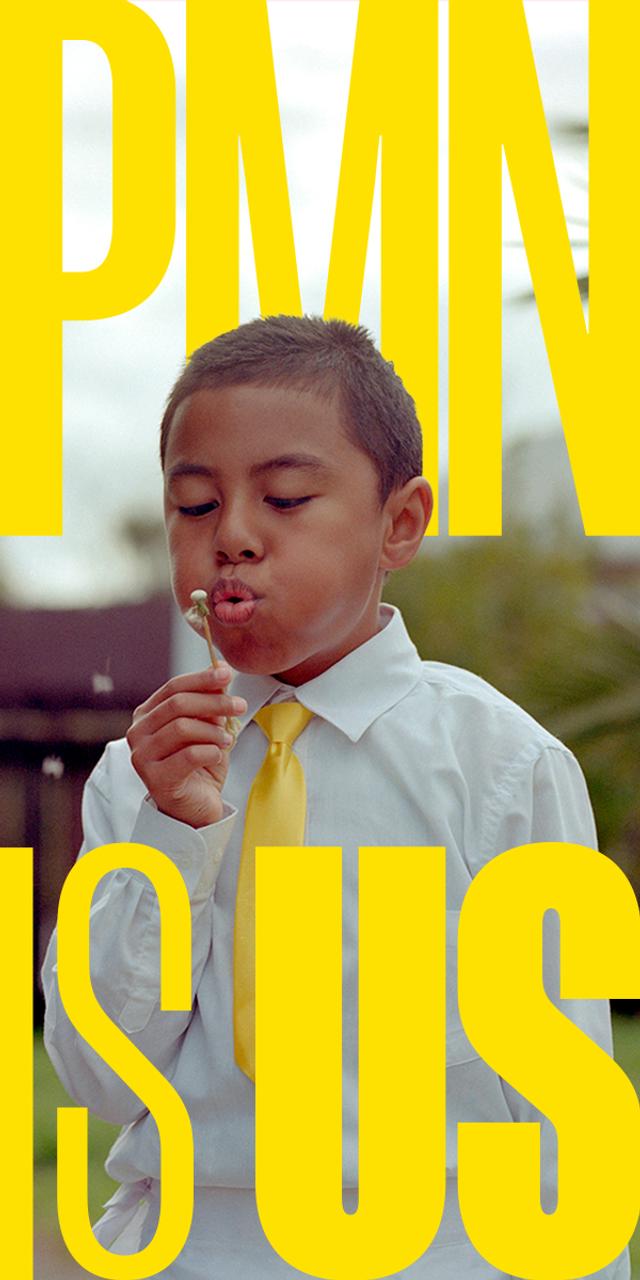

Auckland Council's representation review is requiring the Ōtara-Papatoetoe local board to extend Ōtara's boundaries into Papatoetoe.
Photo / RNZ
‘Ōtara is for Ōtara’: Local board opposes boundary change
Ōtara-Papatoetoe local board is opposing Auckland Council's requirement to extend Ōtara into parts of Papatoetoe.

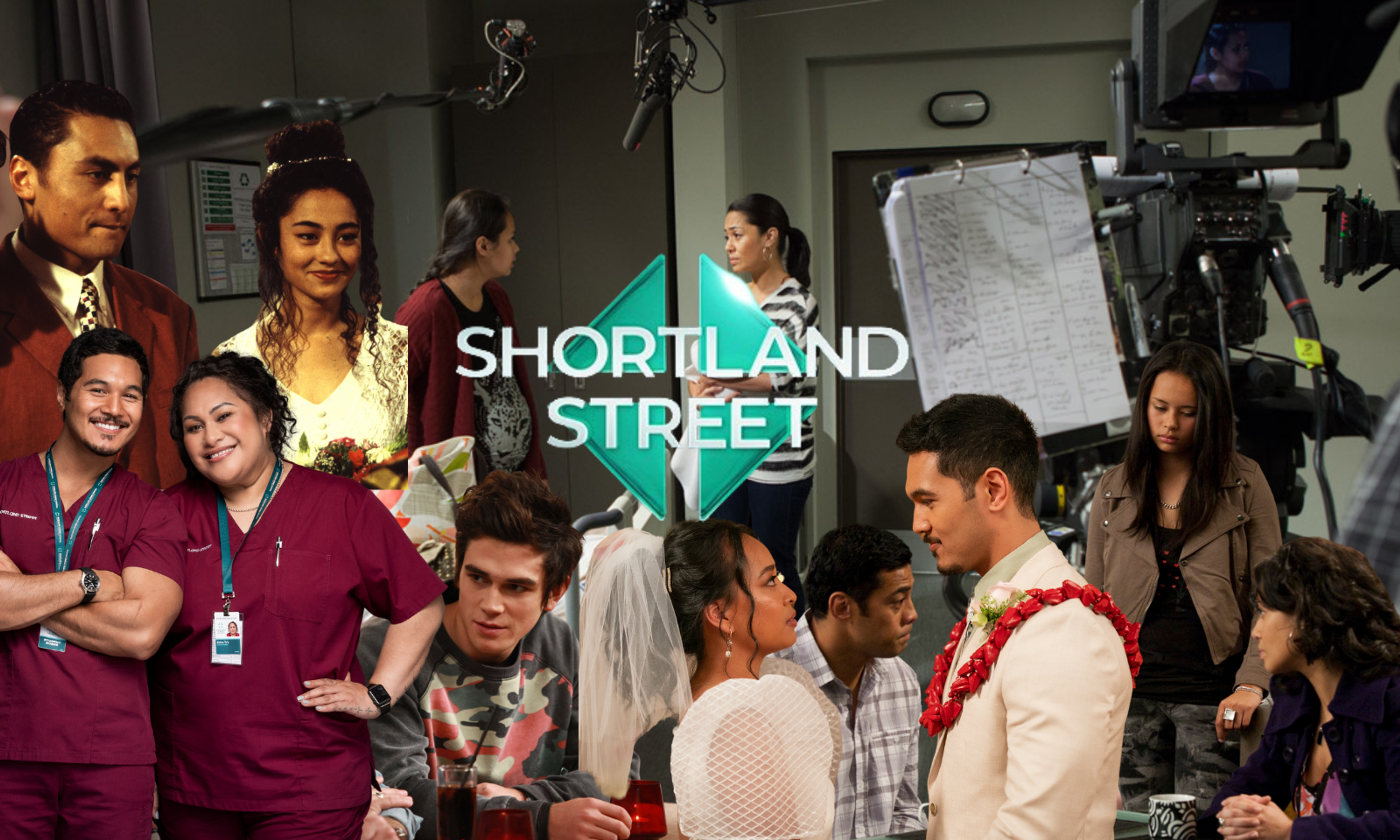
Shortland Street’s Pacific writers hopeful for Ferndale’s future
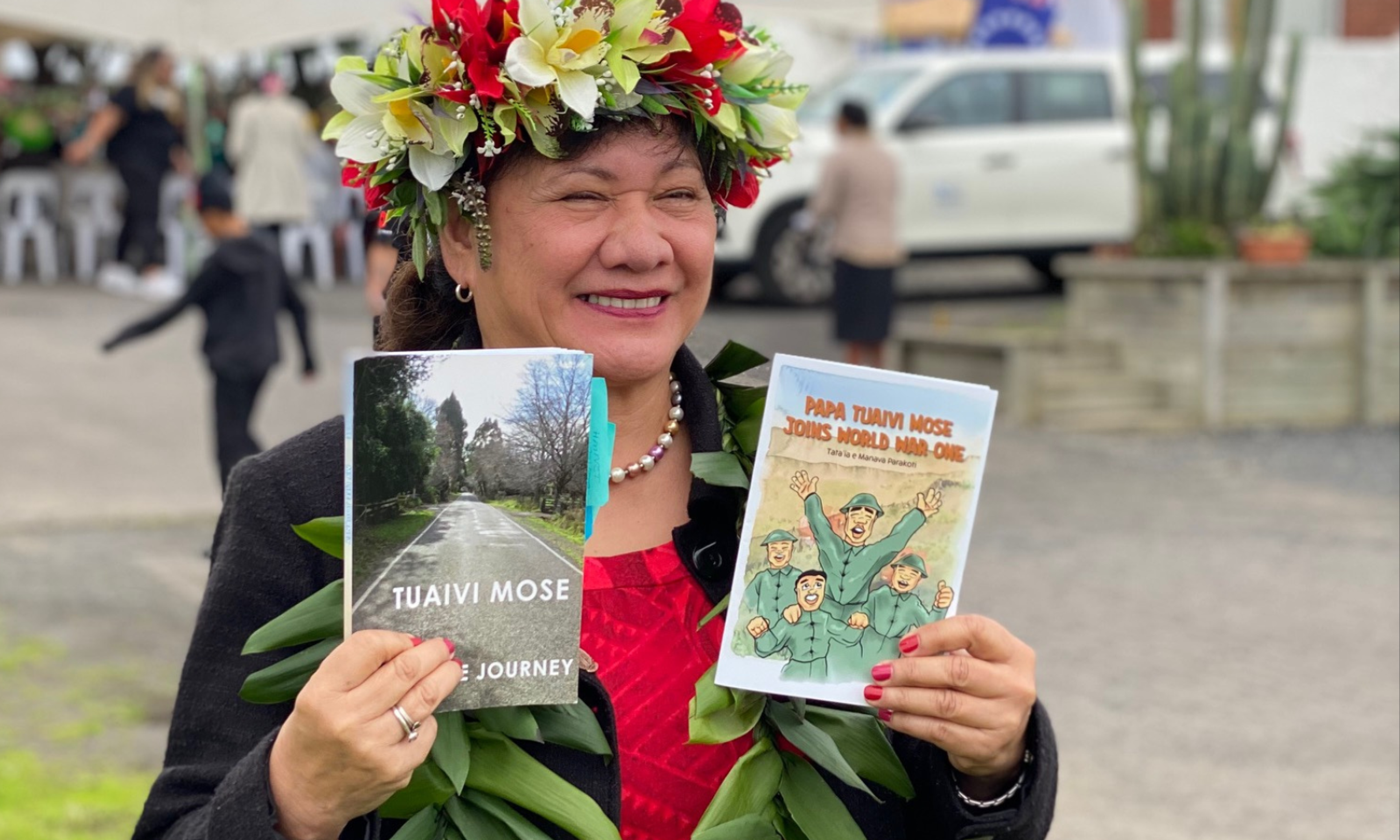
Granddaughter honours Cook Island veteran’s legacy in memoir
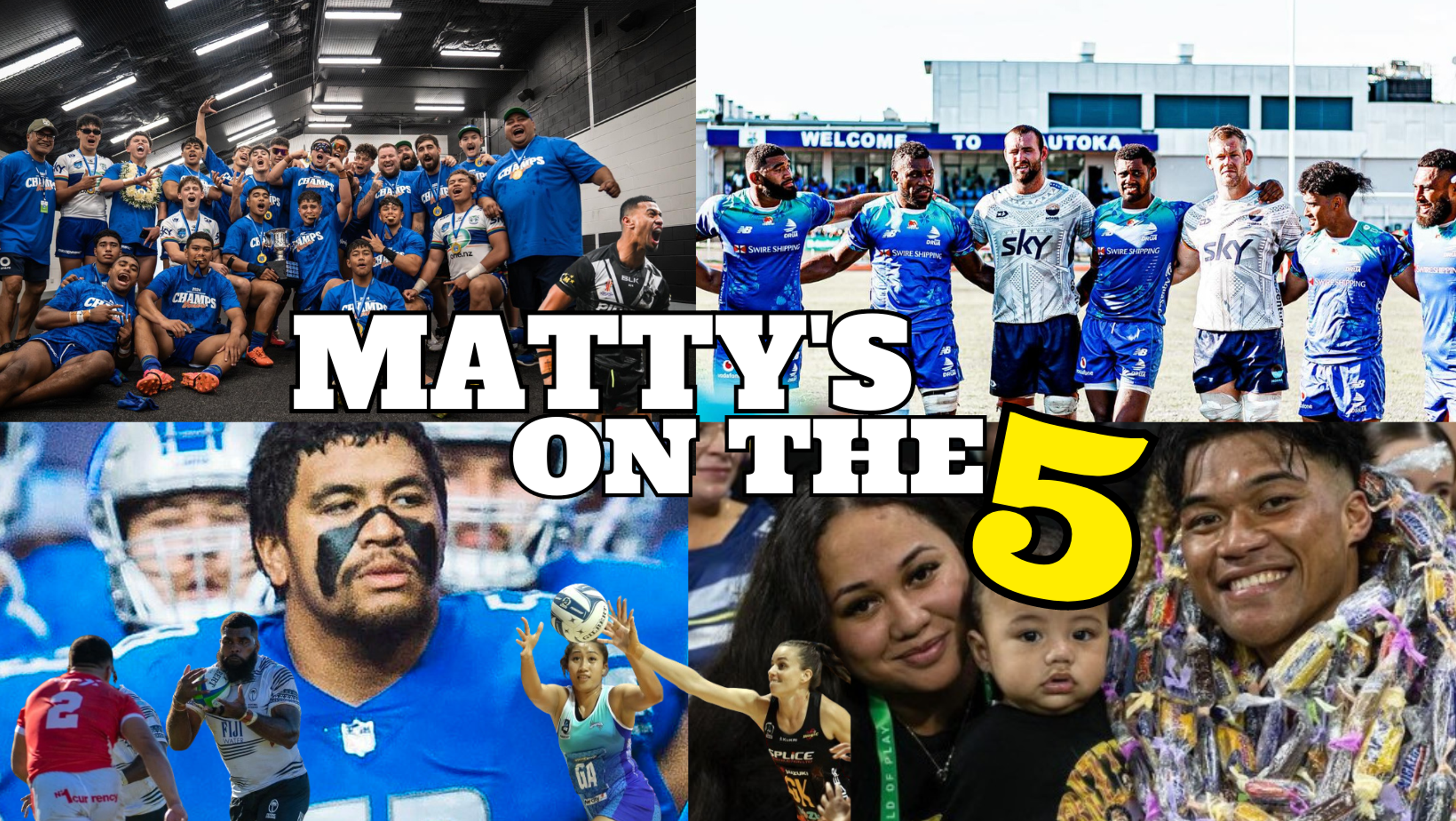

Families opt for KiwiSaver cashouts, cut back on food as living costs soar

Shortland Street’s Pacific writers hopeful for Ferndale’s future

Granddaughter honours Cook Island veteran’s legacy in memoir

Ōtara’s boundaries might have to move into Papatoetoe to keep up with its growing population, but Ōtara-Papatoetoe Local Board chair Apulu Reece Autagavaia says the move will cut through South Auckland communities.
"There are people in Ōtara who believe that Ōtara is for Ōtara. That's valid for a community that has been underinvested,” Autagavaia says.
“If we're cutting into different communities, it's not really representation anymore. You're just doing it for the sake of meeting numbers.
“There was a suggestion we could enlarge in Ōtara’s residential area to include parts of Papatoetoe,” he says.
“But we think that although they are in the same local board, they are very distinct communities.”
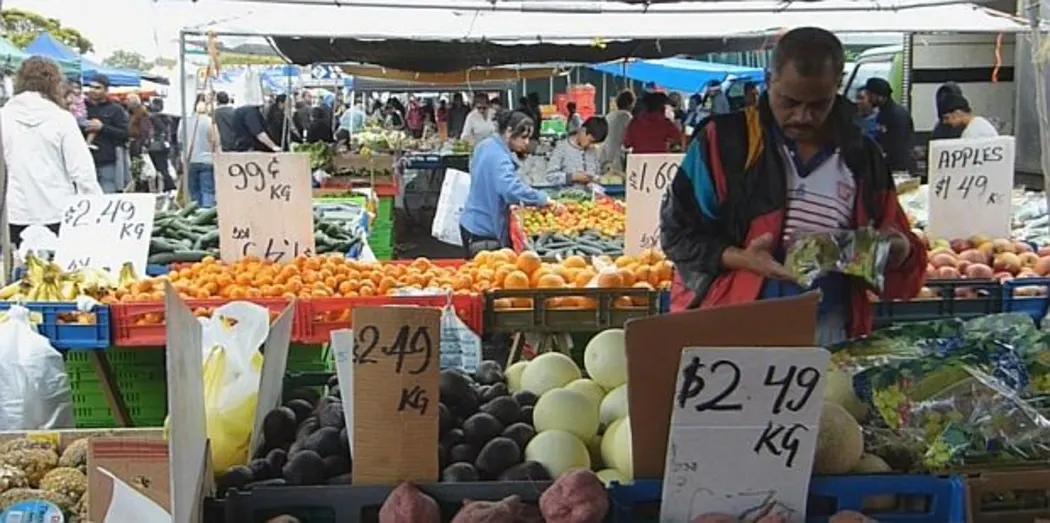
Ōtara-Papatoetoe local board chair Apulu Reece Autagavaia says the board backs keeping Ōtara's current boundaries to protect the community's culture and voice.
Autagavaia says Papatoetoe’s demographics include a bigger South Asian and Pākehā population while Ōtara is home to a bigger Māori and Pacific population.
On top of this, he says higher homeownership and income levels in Papatoetoe means Ōtara won’t be represented fairly if it were to cross into the subdivision.
“The same can be said about Papatoetoe,” he says.
“We'll be cutting communities apart and breaking their communities of interest.”
Why extend Ōtara?
Auckland Council is currently conducting its six-yearly local board representation review.
One part of the review is to make sure a local board has enough members to represent enough people in their community. It is allowed to be 10 per cent higher or lower than the required number.
Under the review, Ōtara’s board member per population is currently overrepresented in its local board by about 13 per cent with three local board members for a population of 36,000.
“We have suggested that we ignore the 10 per cent rule for Ōtara because they are a specific community and that was the basis of our local board’s representation,” Autagavaia says.
“We've ignored it previously, so let's do it now, because this is a community of interest that needs to be protected and would be diluted if we were to start changing the borders,” he says.
Ōtara’s boundary options
Auckland Council has given the board three options to extend Ōtara.
1) Northern Papatoetoe

Option 1 includes extending Ōtara into northern Papatoetoe
The first option extends Ōtara to the north Papatoetoe around Wymondley.
It would bring Ōtara’s population up to 38,070, or 12,690 per local board member.
2) East Papatoetoe

Option 2 means Ōtara would extend into eastern Papatoetoe.
Option two extends Ōtara into Papatoetoe next to the motorway interchange, and would bring the population count to 37,890 (12,630 people per board member).
3) Manukau/Southeast Papatoetoe

Option 3 would extend Ōtara into south-eastern Papatoetoe, near Manukau.
Option three extends Ōtara into the south-east corner of Papatoetoe including Cavendish Ave and Manukau Station Rd.
The move would bring Ōtara’s population count to 37,790, or 12,597 people per local board member.
Autagavaia says the board will go for a fourth option: “The best option was just to say no, let’s ignore the 10 per cent rule.
But he says if the board had to make a decision, it would go with the third option to move Ōtara closer to Manukau.
Why not extend Ōtara?
At Ōtara-Papatoetoe’s most recent local board meeting, Autagavaia told the board and Auckland Council’s Governance representative that its choice to keep Ōtara’s boundaries will make sure the community is not overlooked.
“Ōtara is a distinct community of interest, people are strongly affiliated through their interests, culture and local activities and family ties,” he said.
“It is an area of high deprivation and limited civic engagement as people are frequently struggling to make ends meet," Autagavaia said.
“Joining communities through a line on a map with few commonalities of interest would be of little value and not serve the interests of democratic representation."
Auckland Council took local board feedback at the end of March and will get public feedback on the decision from June to August.
